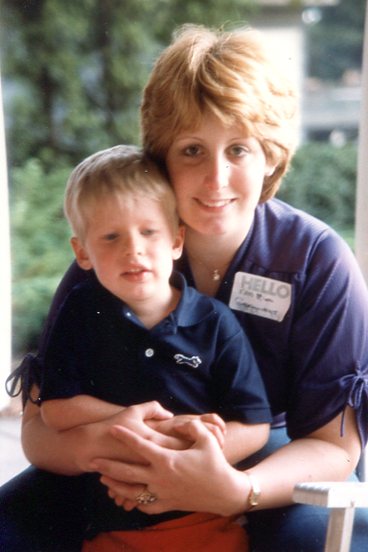When Nick was about 15 months old, it was decided that he might benefit from speech therapy. The first time we met with the speech therapist, she said that we needed to encourage his thought patterns, his inductive and deductive reasoning, so that he might be able to develop speech. It was very interesting to me.
Although we had been trying to encourage him to make sounds, we definitely needed to be taught what to do. One of the first things that she taught us to do, was to mimic any sound that he made, even if it seemed involuntary. She explained that he needed to develop the ability to mimic others in order to learn to speak.
So, any time that he made a sound, a cough, a squeal, a burp, we would copy him. At first, he didn’t seem to notice our sounds, but gradually over time he began to turn his eyes towards us when we copied him. Later we noticed that he had a slight smile on his face, as we copied him. After many months, he finally learned to play the game. In spite of the initial prognosis, he had gained the possibility of speech.
Finally, it was possible for us to model something and get him to try and copy us. We have used this skill for many things, not just speech, and I will tell some of those stories later but the one that stands out in my mind happened when Nick was about 12.
We were all sitting around the dinner table, the six of us, and Nick coughed. In an absolutely automatic response, we all coughed back. We had been well trained. With a huge smile on his face, he made a fake burp and as we all caught on to the game, we all burped back. In a non-verbal game of Simon says, Nick would do something and we would all copy what he did. He put his hand on his head, we all did it. He put his hand on his tummy, and we followed suit.
By now we were all laughing. Nick was leading us. In that moment we were all connected. It was the first time. It was glorious.
Please share this blog if it resonates with you or you know someone who might benefit from it. If you want to get a copy of the book as soon as it is available, click here to sign up.


